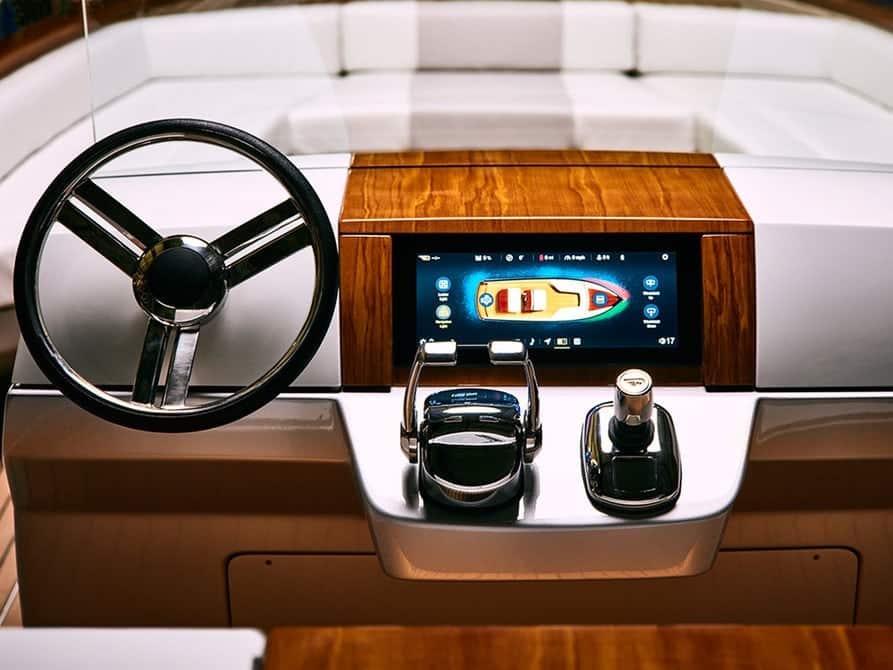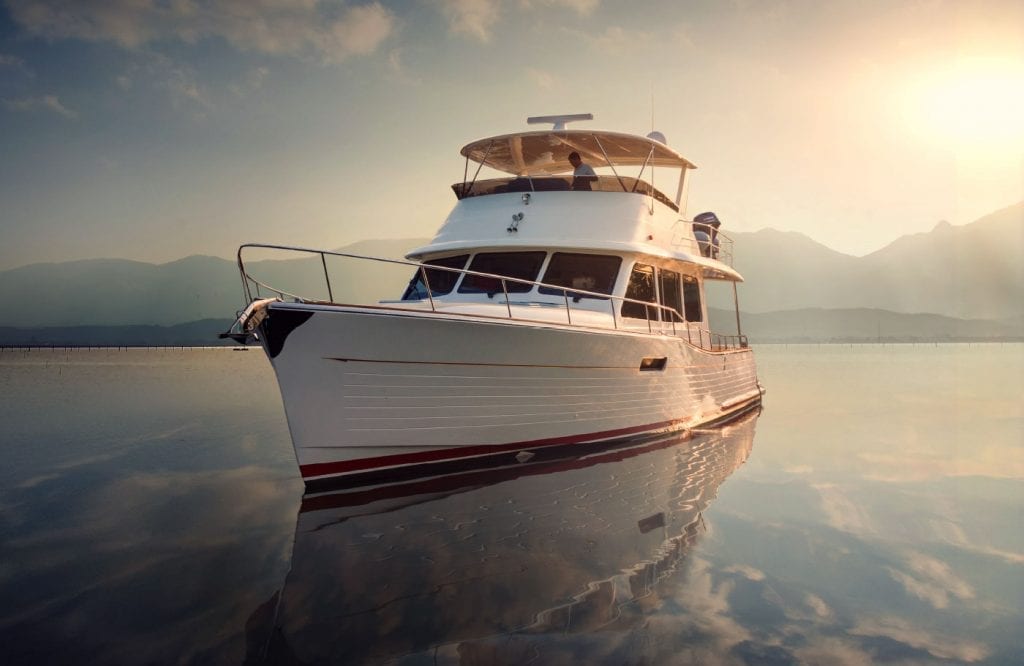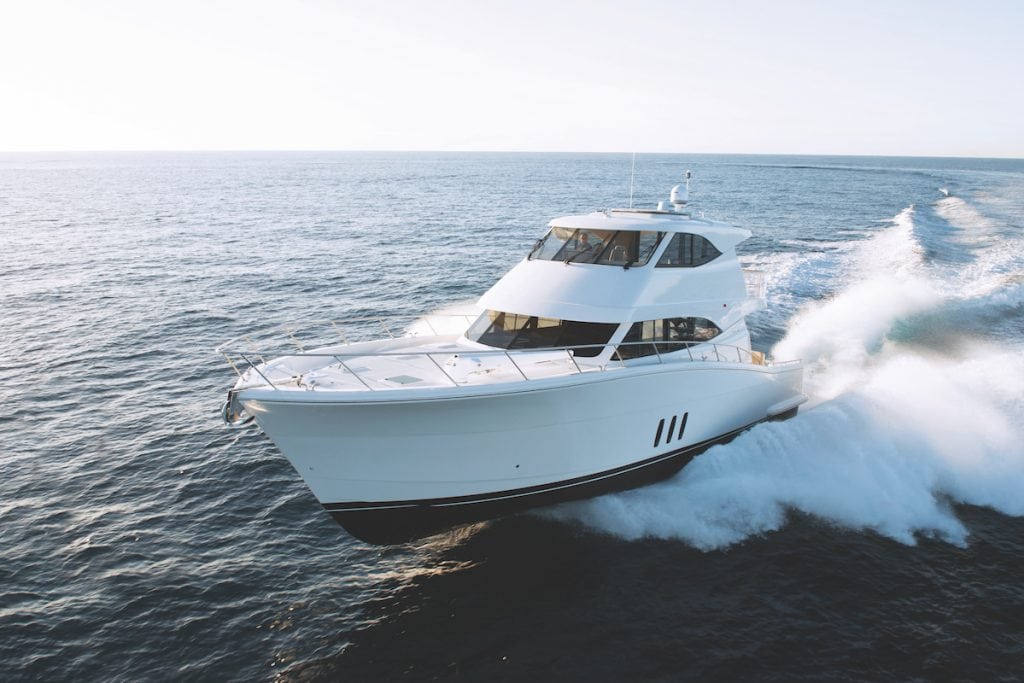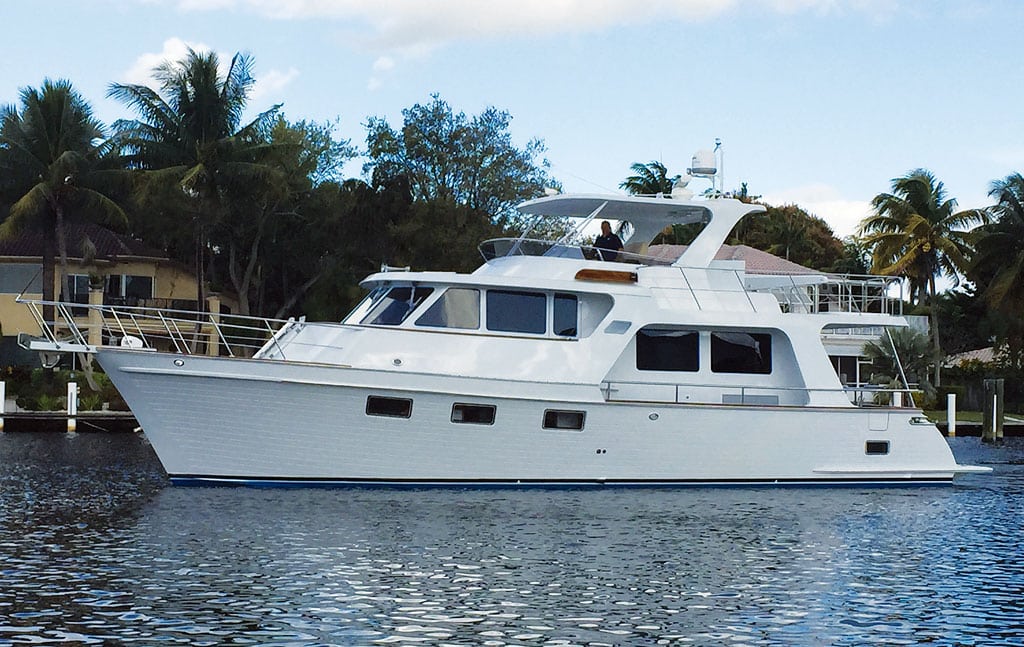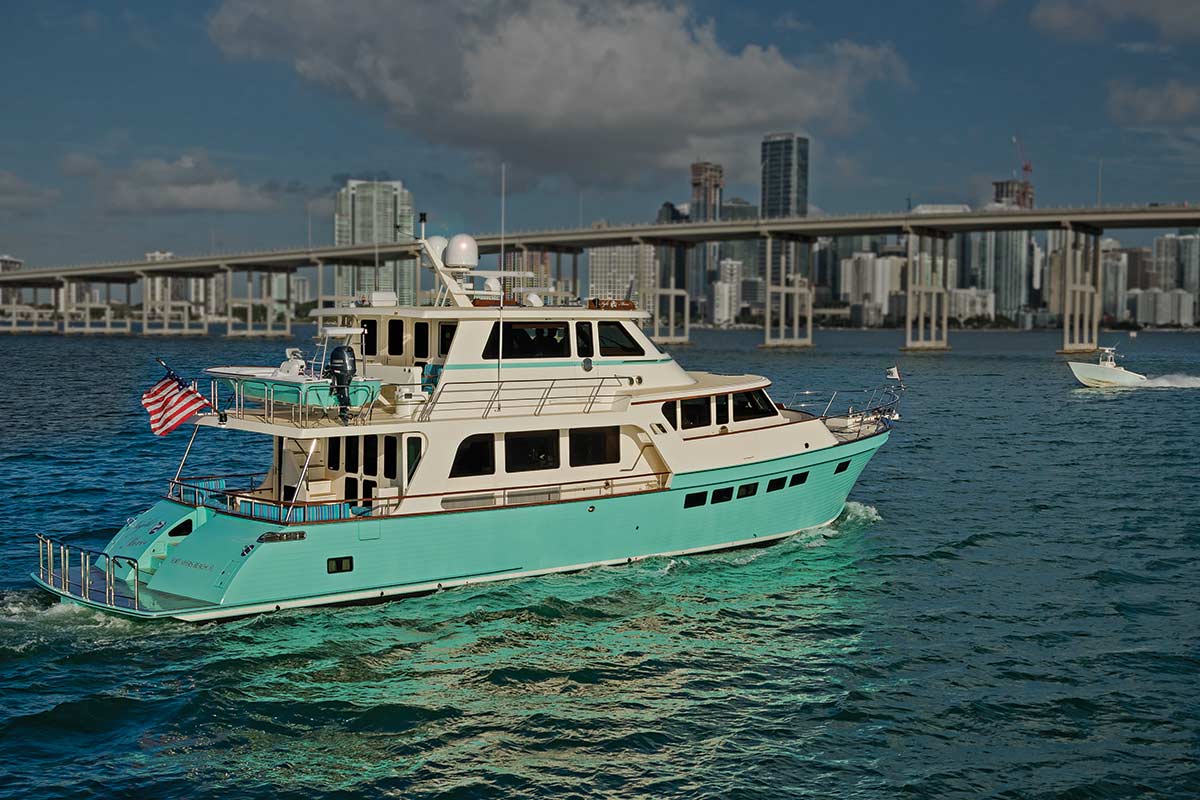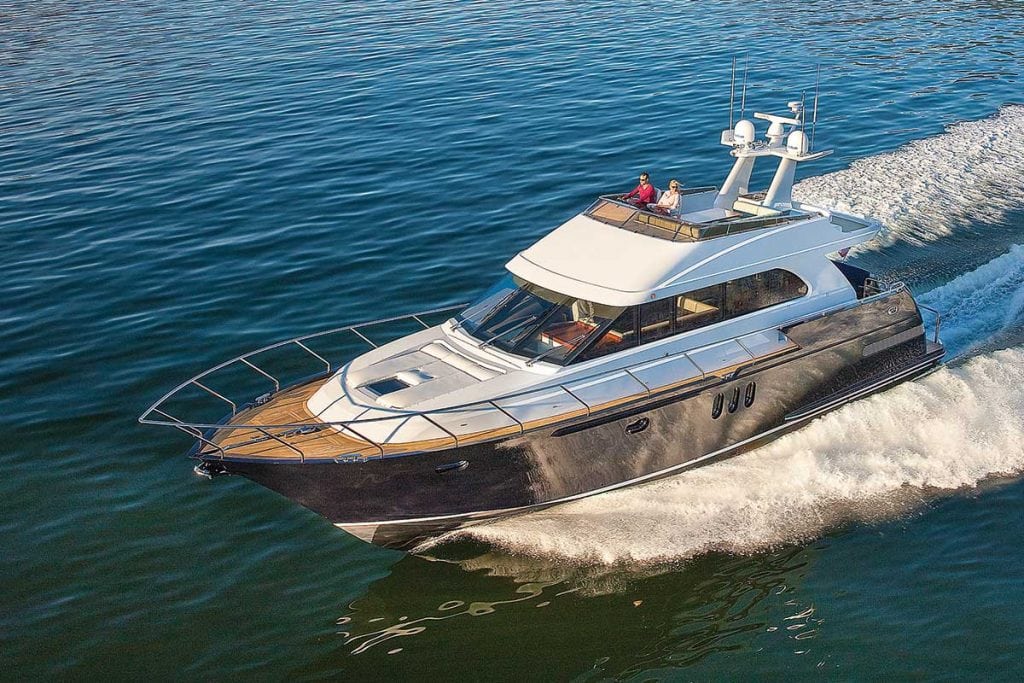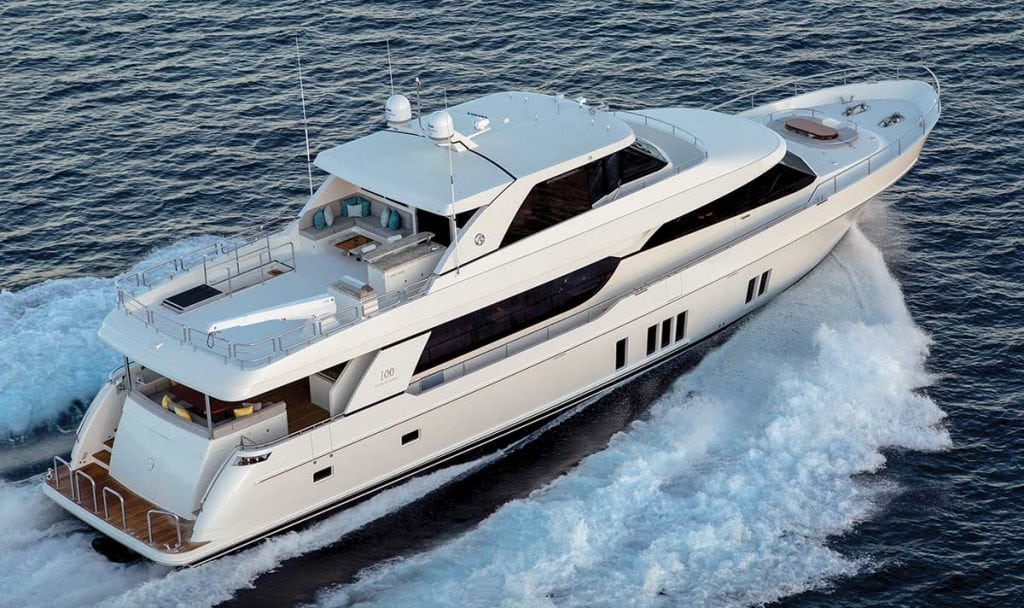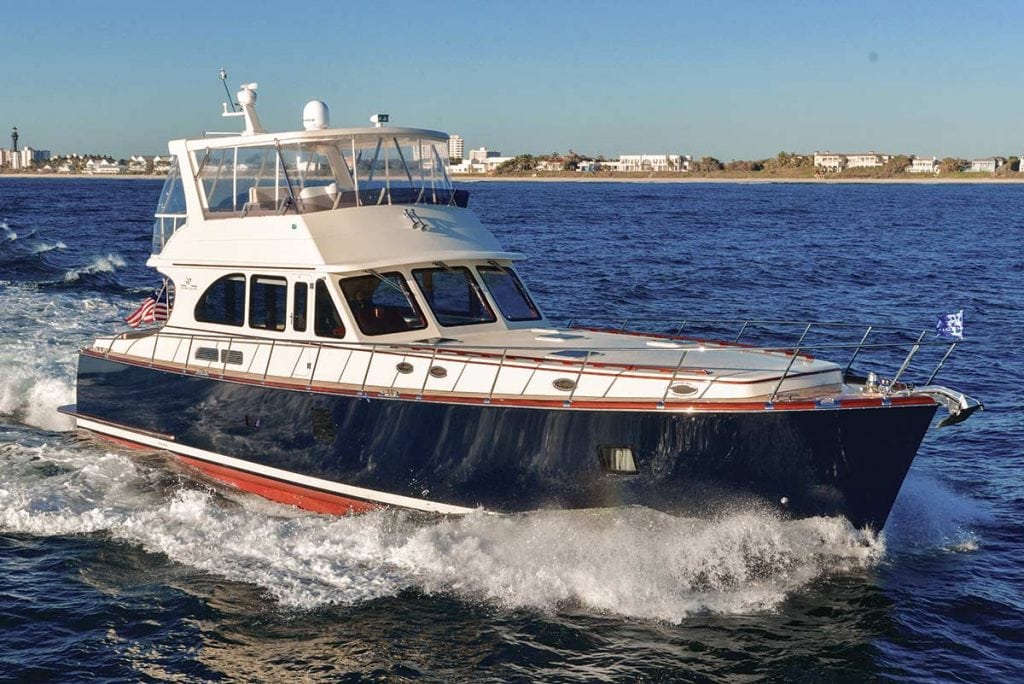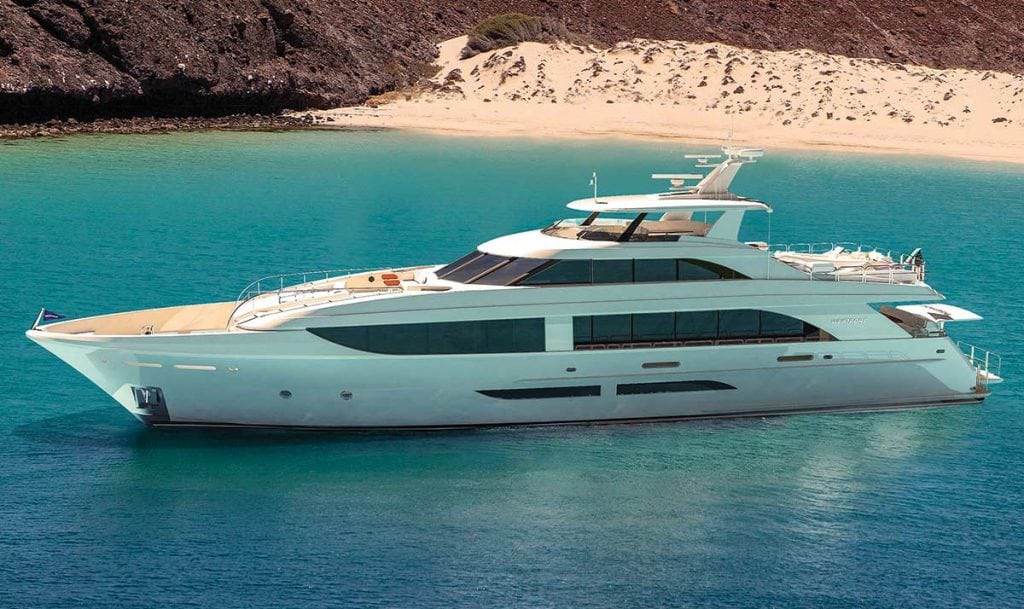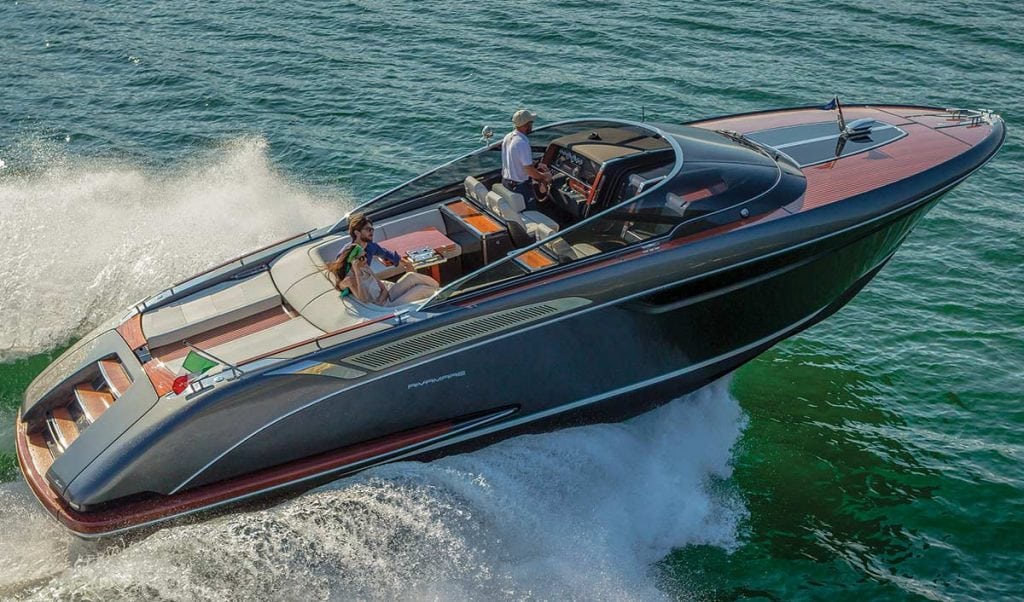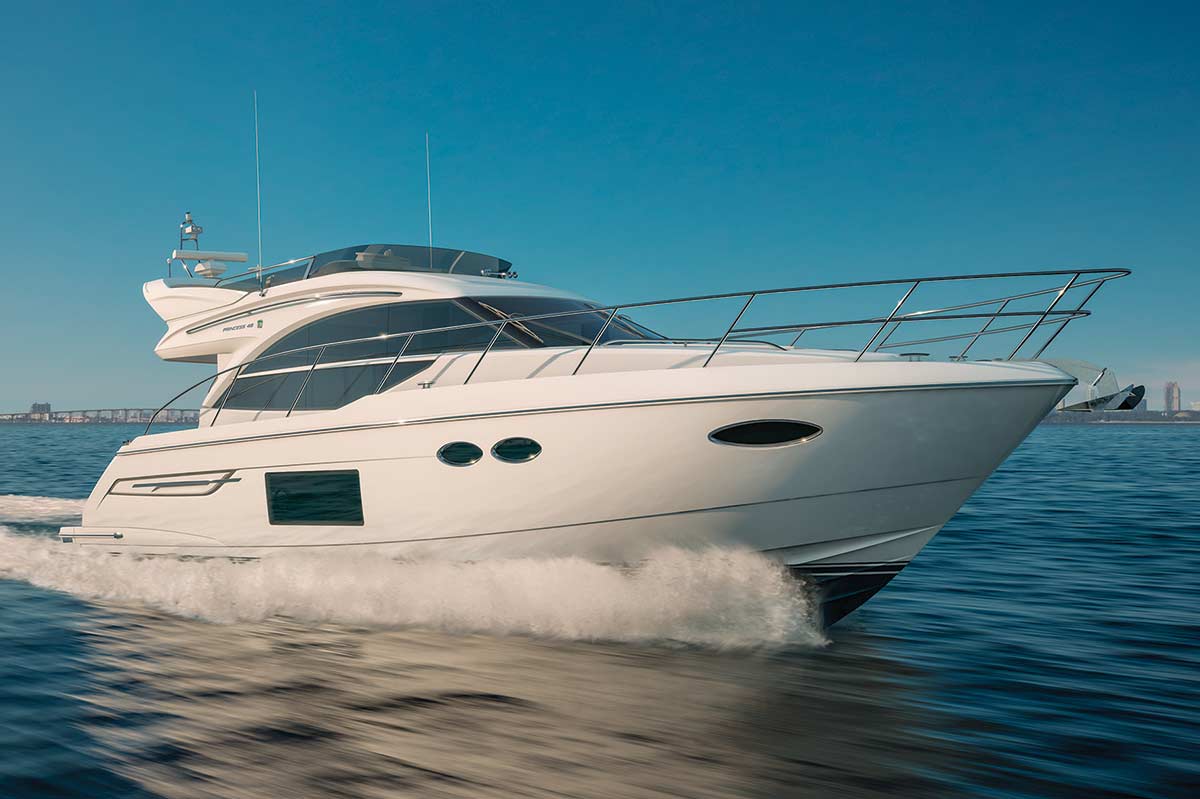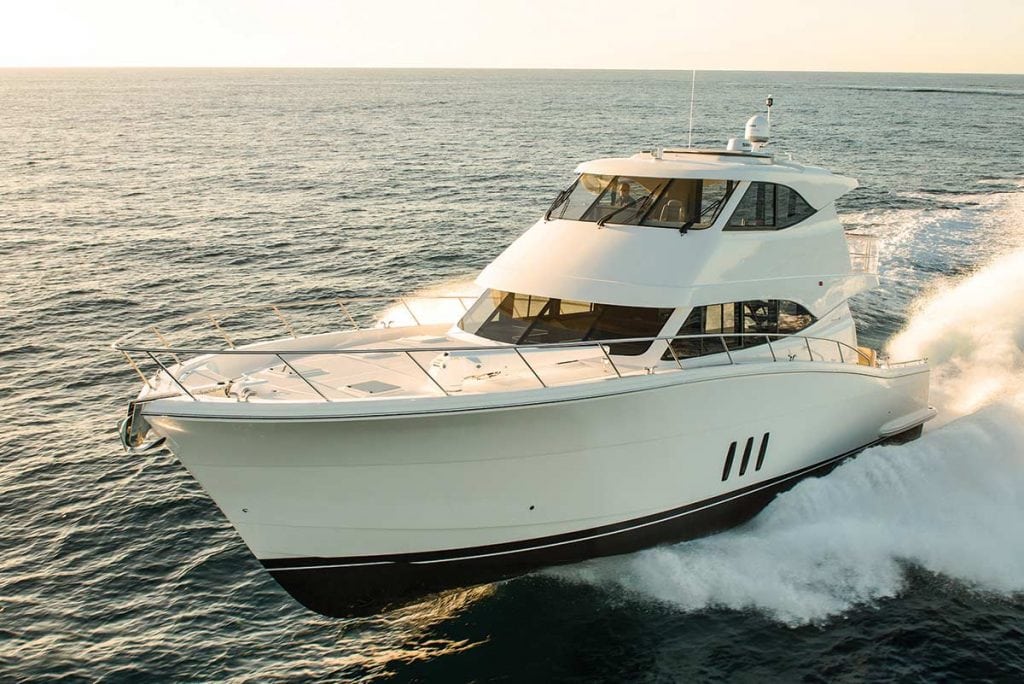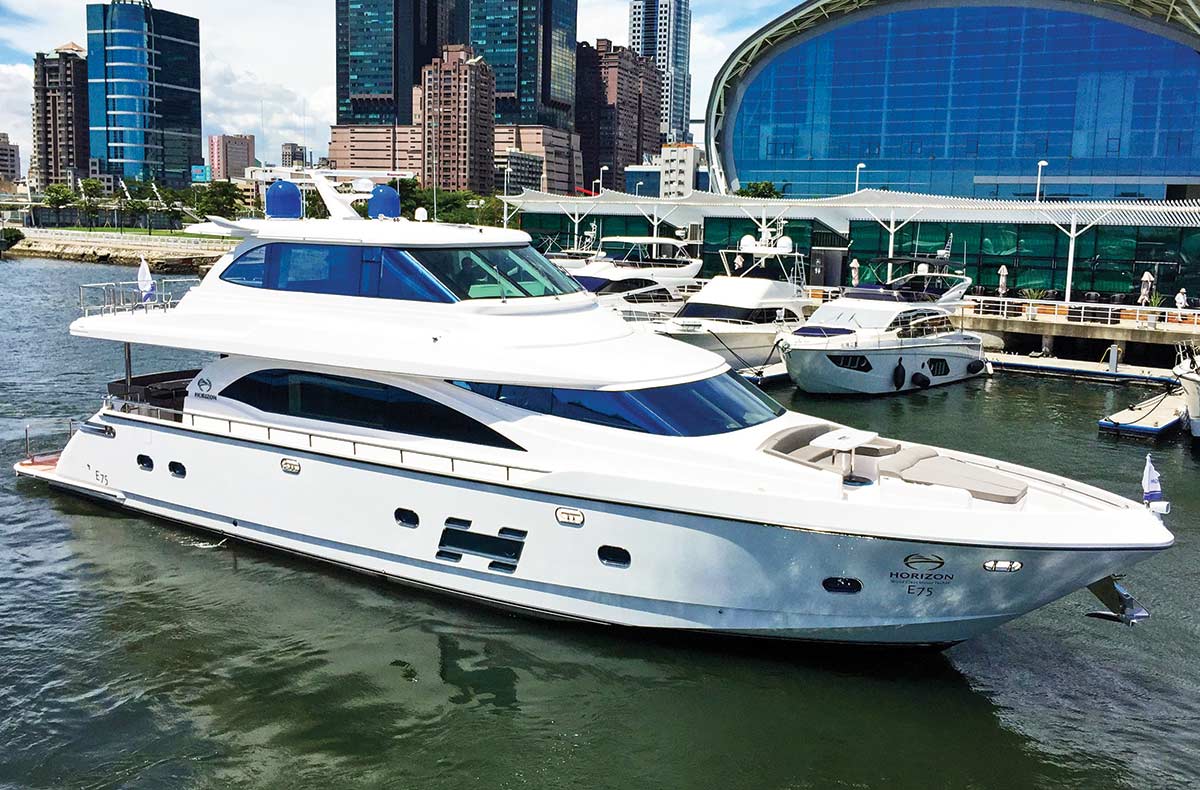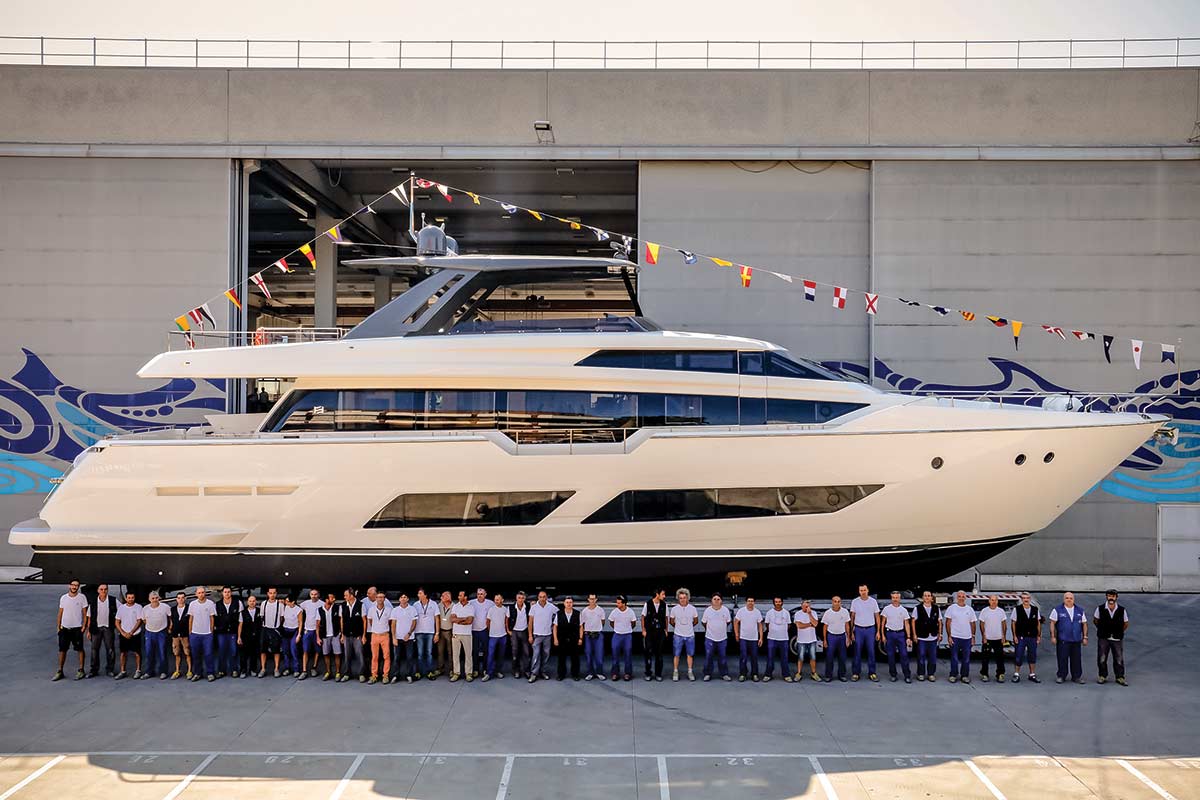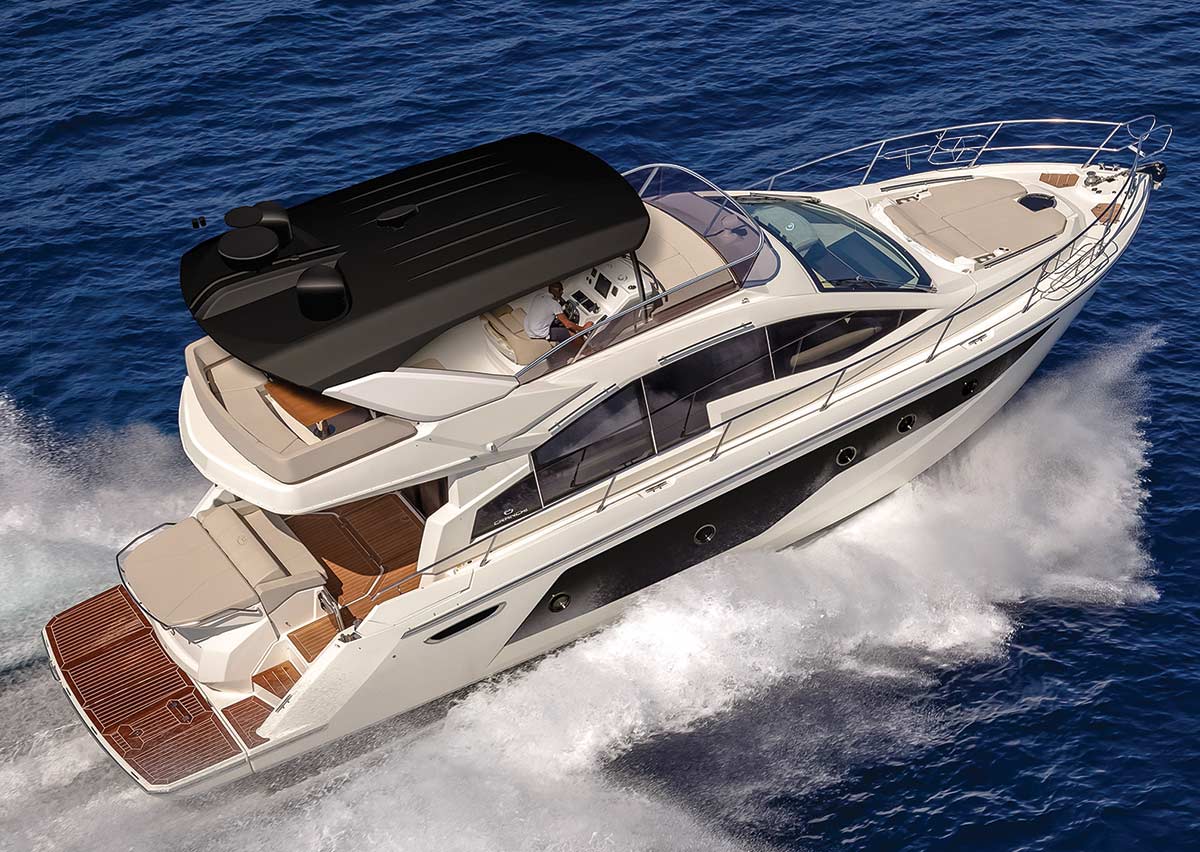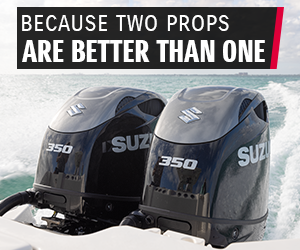Motoryachts
Motoryachts are generally over 35 feet in length and built for leisure purposes. The diversity and variety among this category of vessel is as expansive as our library of motoryacht reviews. European style, classic or cruiser-friendly—browse our collection or articles and reviews of the latest motoryachts to find the right boat for you.
Hinckley Dasher Debuts at Newport International Boat Show
Hinckley debuts the world’s first fully electric luxury yacht – Dasher at The Newport International Boat Show. Designed from the...
Read moreDetailsGrand Banks debuts GB 60
Grand Banks debuts GB 60 It’s here! Grand Banks introduces the highly anticipated Grand Banks 60 at the Newport International...
Read moreDetailsMaritimo M64
Inner Space The dynamic design of Maritimo’s M64 feels like living in a luxury apartment at sea. Very often a...
Read moreDetailsMarlow 49E
The Marlow Explorer 49E makes her first appearance at FLIBS after making her world premiere earlier this year at the...
Read moreDetailsExplore More with the Marlow 66E
A motoryacht equipped with an enclosed flybridge can redefine your idea of cruise control. If you’ve ever wondered whether an enclosed...
Read moreDetailsCommercial + Comfort = Coastal Craft 65
A Canadian boat builder’s original intention was to simply provide sturdy boats for commercial use. But his customers had other...
Read moreDetailsOcean Alexander 100
The Ocean Alexander 100 is undergoing a redesign since its successful debut in 2014. With world-renowned Evan K. Marshall as...
Read moreDetailsVicem Custom 65′ Flybridge
One word describes the Vicem Custom 65' Flybridge at FLIBS: spacious. With her 65-foot LOA and 18'5" beam, there’s sufficient...
Read moreDetailsWestport W125
With room for 10 people and a six-person crew, the new Westport W125 is steeped in luxury. The yacht features...
Read moreDetailsRivamare
The iconic European builder debuts Rivamare (39' LOA, 11'6" beam) with a distinctive, double-curved, laminated, crystal window at the cabin...
Read moreDetailsPrincess 49
Cutting through the waves at speeds up to 40 mph or cruising at an economical 35 mph, the new Princess...
Read moreDetailsDon’t Miss the Maritimo M64
The new Maritimo M64 has a full-beam ensuite king master, fully-enclosed flybridge, walkaround decks, bi-fold doors, and an enclosed stairway...
Read moreDetailsHorizon E75
Based on feedback from Horizon yacht owners, the Horizon E75 was designed with a multifunctional and customizable layout to maximize...
Read moreDetailsFerretti 850
The Ferretti 850 is one of two model introductions this year by Ferretti Yachts. The yacht’s strikingly bold profile and...
Read moreDetailsCranchi E56 F
Cranchi launches the Cranchi E56 F, part of the new Evoluzione line. It’s the second yacht that was developed with...
Read moreDetails
